The Very Best ’70s Horror Movies
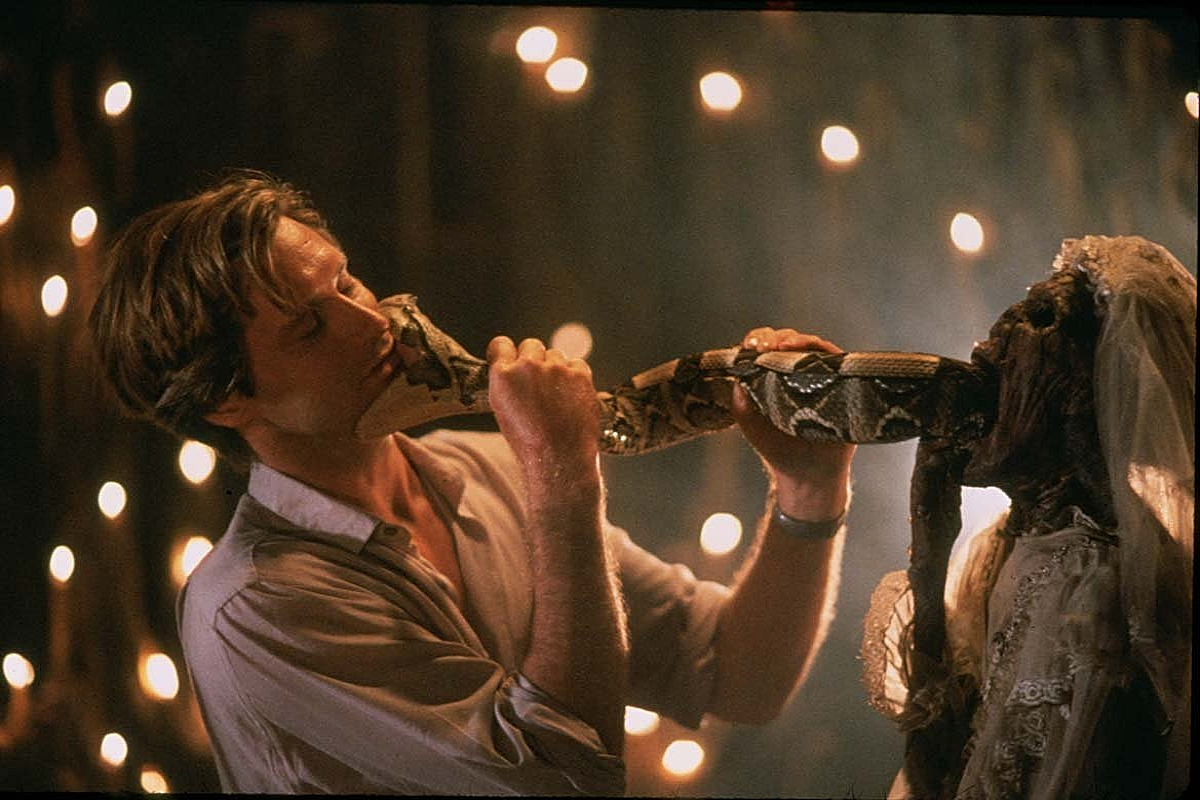
The 1970s—a decade where bell-bottoms were in, disco was hot, and horror films were chilling. This era redefined the horror genre, turning it from a shadowy corner of cinema into a full-blown, scream-inducing powerhouse. Directors like John Carpenter and Wes Craven weren’t just making movies; they were crafting new nightmares, blending social commentary with good old-fashioned scare tactics.
Films like Halloween and The Exorcist introduced audiences to villains and monsters that were both fantastical and disturbingly human. Then there’s the raw, almost gritty realism of these films. Before CGI took center stage, ‘70s horror relied on practical effects, which somehow made everything feel more immediate, more visceral. You knew that the blood might be corn syrup, but by golly, it looked real enough to make you squirm. Let’s reminisce by looking at some of the best horror movies the ‘70s gave us.
Nosferatu the Vampyre (1979)
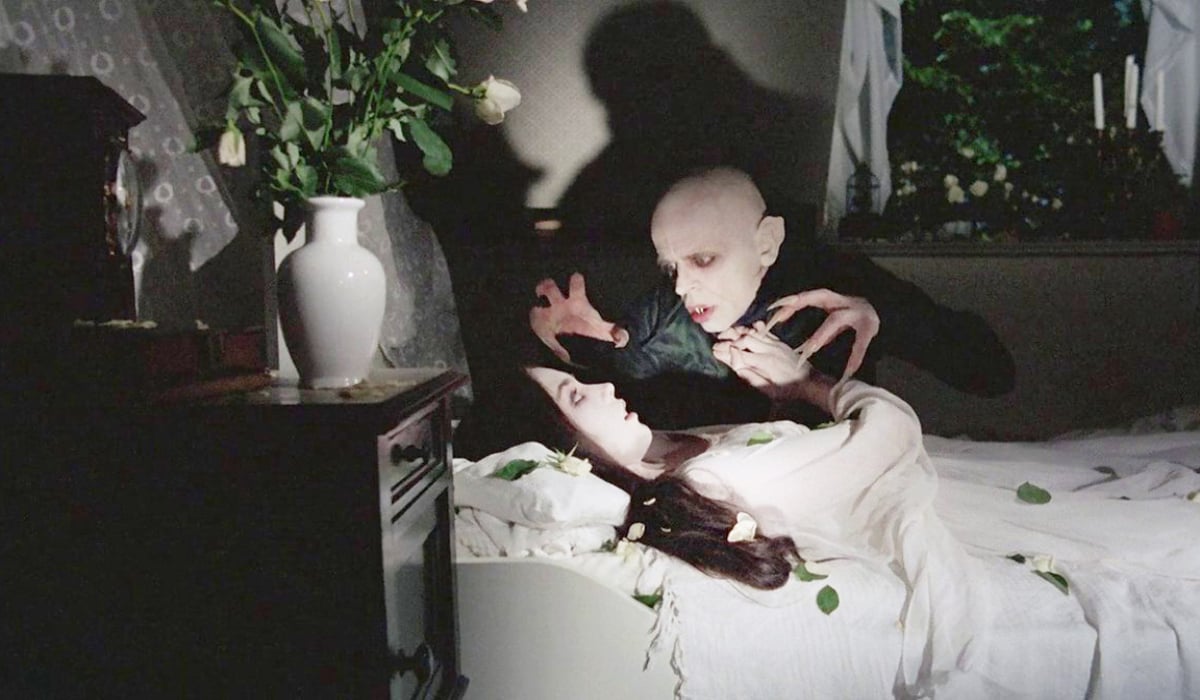
Nosferatu the Vampyre, directed by the enigmatic Werner Herzog, is a walk through the corridors of gothic horror, where each scene drips with a surreal charm that’s both unnerving and oddly beautiful. Herzog, in his typical fashion, doesn’t just retell the story of the infamous bloodsucker; he reinvents it with a poetic flair that would make even the original Count Dracula gasp in intrigued approval.
Starring Klaus Kinski as Count Dracula, his portrayal is less of a villain and more of a tragic, lonely soul. Kinski’s Dracula is not just a creature of the night but a metaphor for isolation and despair. Nosferatu the Vampyre is a must-watch for those who like their vampire tales spiced with some existential crisis and artful cinematography.
Jaws (1975)

Jaws will forever be known as the film that fearlessly plunged into the ocean of cinema and emerged with a trophy catch, becoming the blueprint for every horror that dared to swim in its wake. Directed by the then not-so-grey-haired Steven Spielberg, this cinematic treasure does more than just make you think twice about dipping your toes in the ocean.
With a mischievous sense of timing, Spielberg introduces us to a great white shark, the ultimate underwater antagonist. This shark isn’t just a fish; it’s a relentless force of nature, a creature that turns the serene setting of Amity Island into a buffet of terror. Spielberg teases the audience, showing just enough fin and teeth to set hearts racing, letting imagination fill in the monstrous blanks.
The Serpent and the Rainbow (1988)
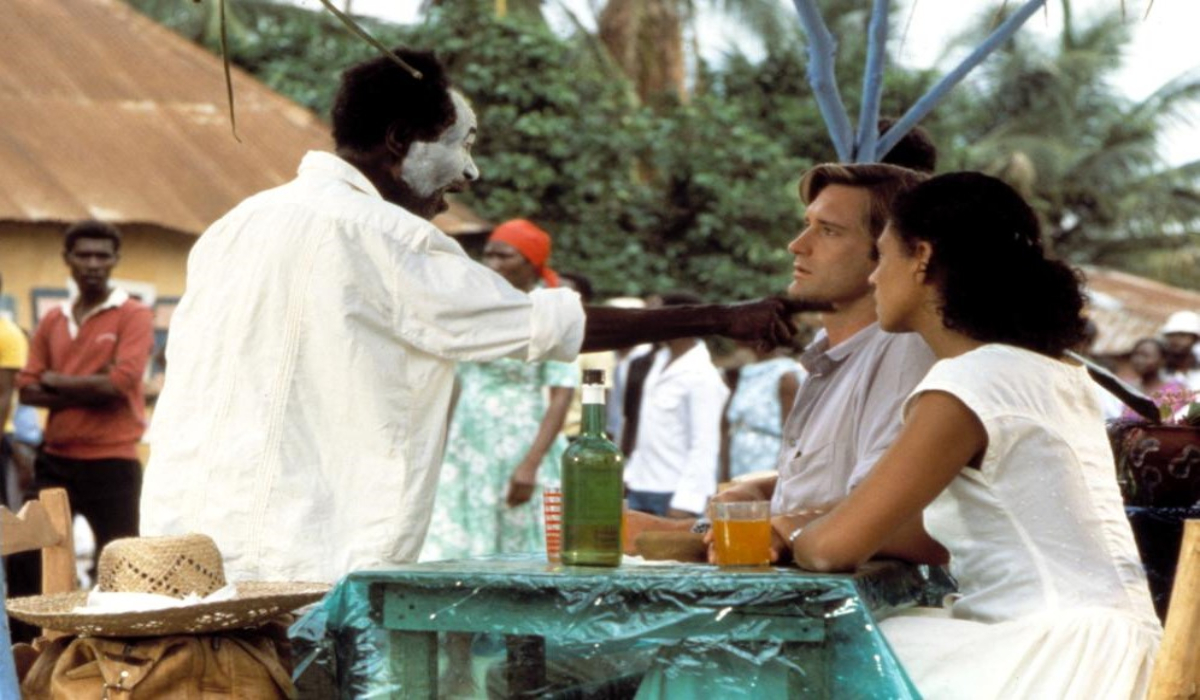
Directed by Wes Craven, The Serpent and the Rainbow creeps into Haitian voodoo’s mystical world, delivering a psychedelic and spine-tingling horror. Based on Wade Davis’ book, the film takes anthropologist Dennis Alan (played by Bill Pullman) on a journey to Haiti. His mission? To unravel the secret of a mysterious powder said to bring the dead back to life.
The film serves vibrant rituals, dream sequences, and unsettling imagery, all set against the backdrop of a politically tumultuous Haiti. What makes The Serpent and the Rainbow stand out in the crowded room of horror films is its commitment to authenticity, delving into the complexities of voodoo with a respect that’s rare in Hollywood portrayals.
Suspiria (1977)

Crafted by Dario Argento, Suspiria resembles a fever dream dipped in a kaleidoscope of technicolor terror. The film follows American ballerina student Suzy Bannion as she is drawn into a world of witches and whispers at a German dance academy, which might as well be a maze of tunnels designed by a particularly imaginative demon.
Argento orchestrates a symphony of suspense right from the opening credits, each frame dripping with an almost hallucinogenic palette that could give the rainbow a run for its money. The plot is as twisted as the corridors of the academy, telling stories of ancient curses and nocturnal nasties. The film boasts a series of spectacularly stylized set pieces – each murder an artful expression of Argento’s unbound imagination.
Ganja & Hess (1973)
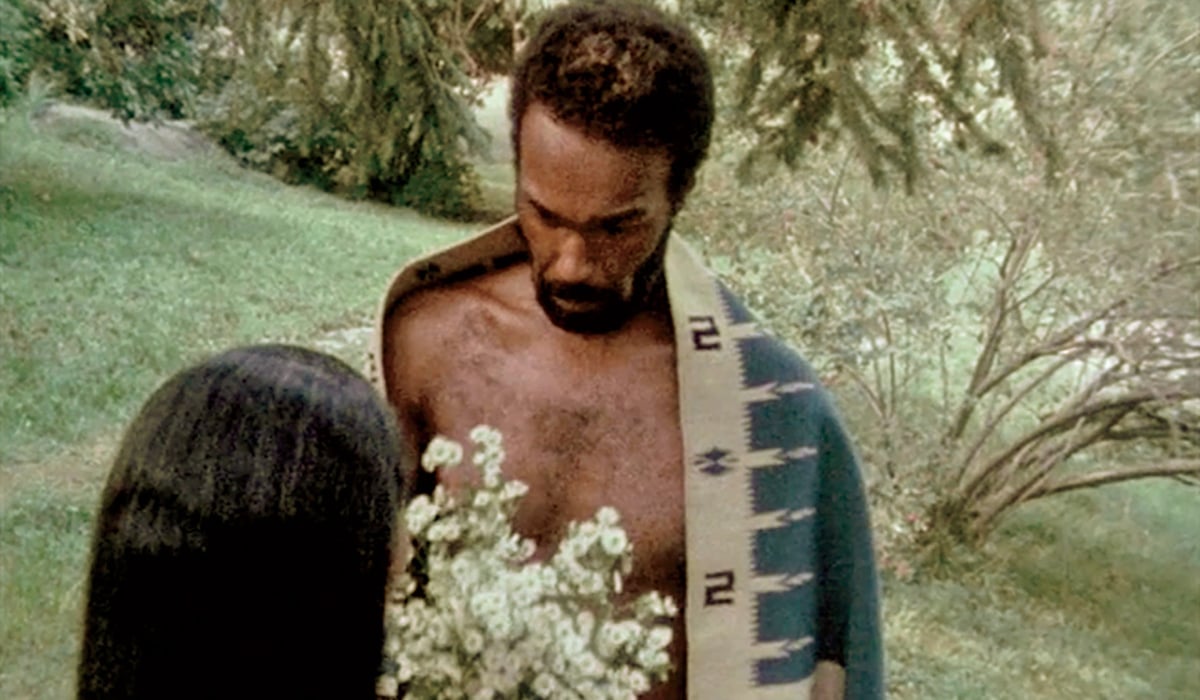
Ganja & Hess stands out like a rare, enigmatic gem, veiled in a mist of avant-garde allure and socio-cultural commentary. Directed by Bill Gunn, this film isn’t your typical bloodsucking saga; it’s a deep dive into the complexities of identity, addiction, and the African-American experience, all wrapped up in a cloak of horror and sensuality. The story orbits around Dr. Hess Green, played by Duane Jones, who becomes a vampire after encountering an ancient African artifact.
Then comes Ganja, portrayed by the fierce Marlene Clark, who storms into Hess’s life, bringing with her winds of change. Gunn’s masterpiece is a defiant act against the blaxploitation trend of its time, eschewing clichés for a more reflective and poetic narrative. In Ganja & Hess, vampirism is a metaphor, a canvas on which Gunn paints a story of two souls wrestling with their inner demons and desires.
The Exorcist (1973)
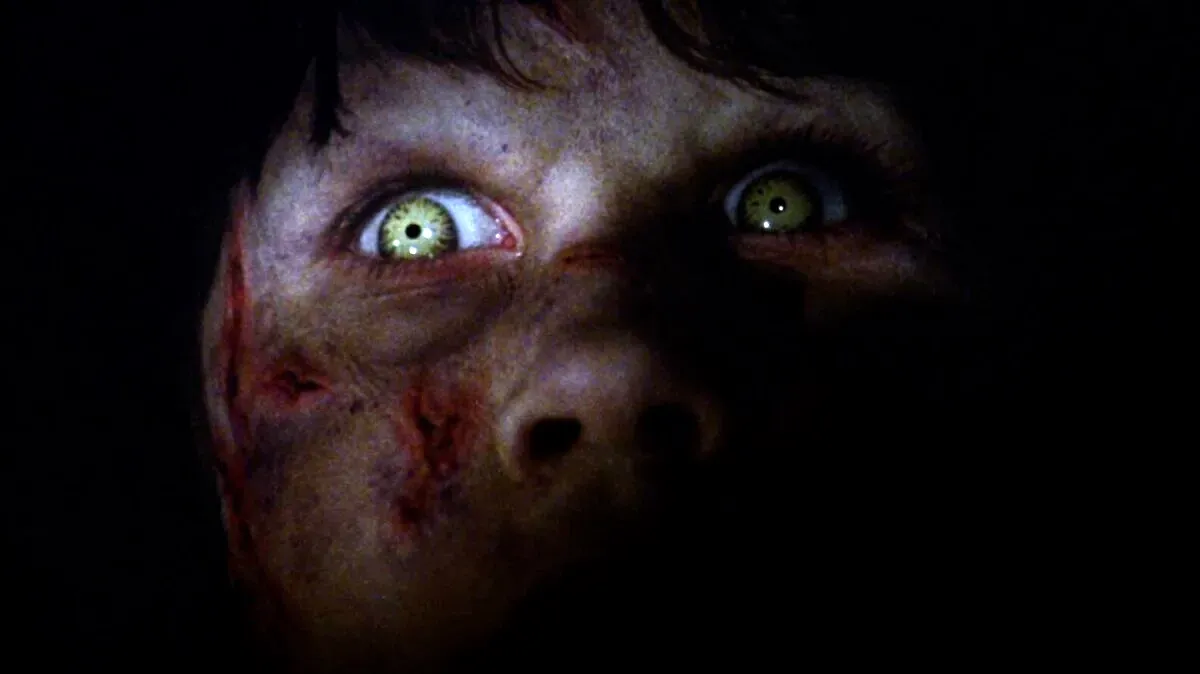
Directed by William Friedkin, The Exorcist is an experience, a rite of passage for any self-respecting horror fan. This cinematic juggernaut didn’t just push the envelope; it possessed the envelope, turned its head 360 degrees, and sent it hurtling into the abyss of cinematic legend. The tale of young Regan MacNeil’s (played with a chilling innocence-turned-terrifying by Linda Blair) possession and the subsequent exorcism is as much a test of faith for the audience as it is for the characters.
The film, adapted from William Peter Blatty’s novel, delves into the deepest fears of humanity – the loss of control, the unknown, and the possibility of pure evil. The performances are as powerful as the demonic entity itself, with Max von Sydow and Jason Miller embodying the battle between faith and doubt, good and evil.
Carrie (1976)
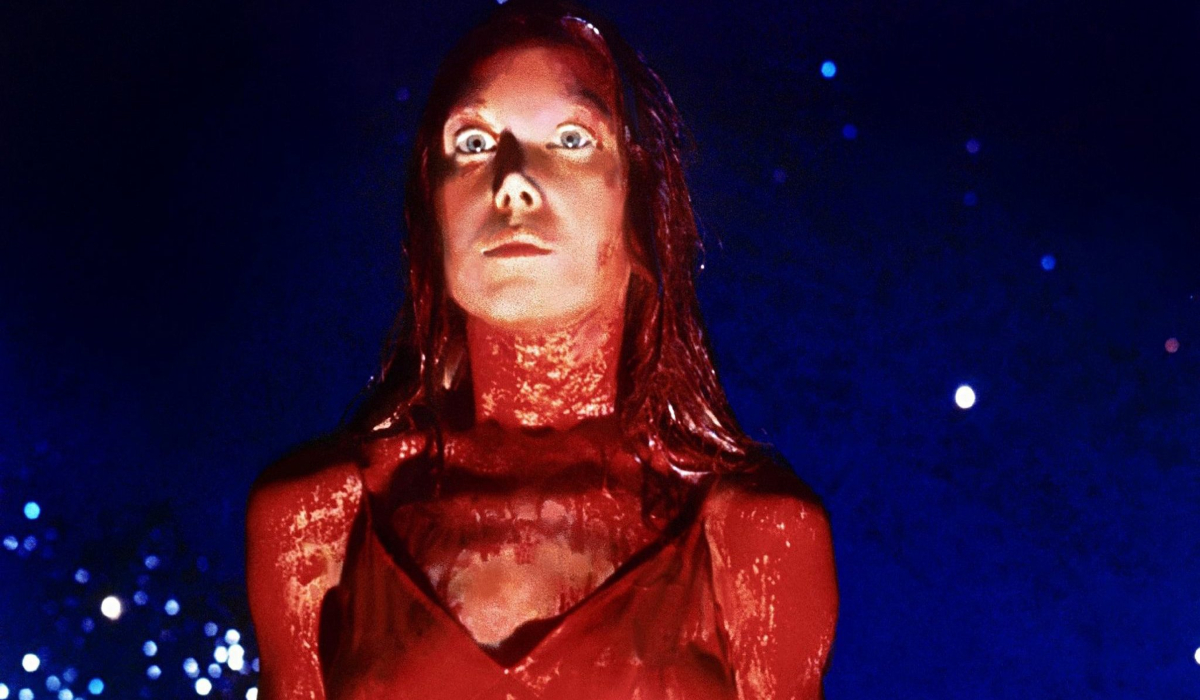
Brian De Palma’s cinematic adaptation of Stephen King’s debut novel is no ordinary tale of teenage turmoil; it’s a storm swirling around the titular Carrie White, played with a haunting vulnerability by Sissy Spacek. With her wide-eyed innocence and a mother more terrifying than the entire roster of high school bullies, Carrie tries to balance teenage life, only to discover she’s not just unique; she’s supernaturally special.
The real horror in Carrie isn’t just the bloody climax; it’s the unflinching portrayal of high school cruelty, religious fanaticism, and the agony of being an outcast. The film swerves between empathy and terror, making the audience both root for Carrie and fear her unleashed power.
The Omen (1976)
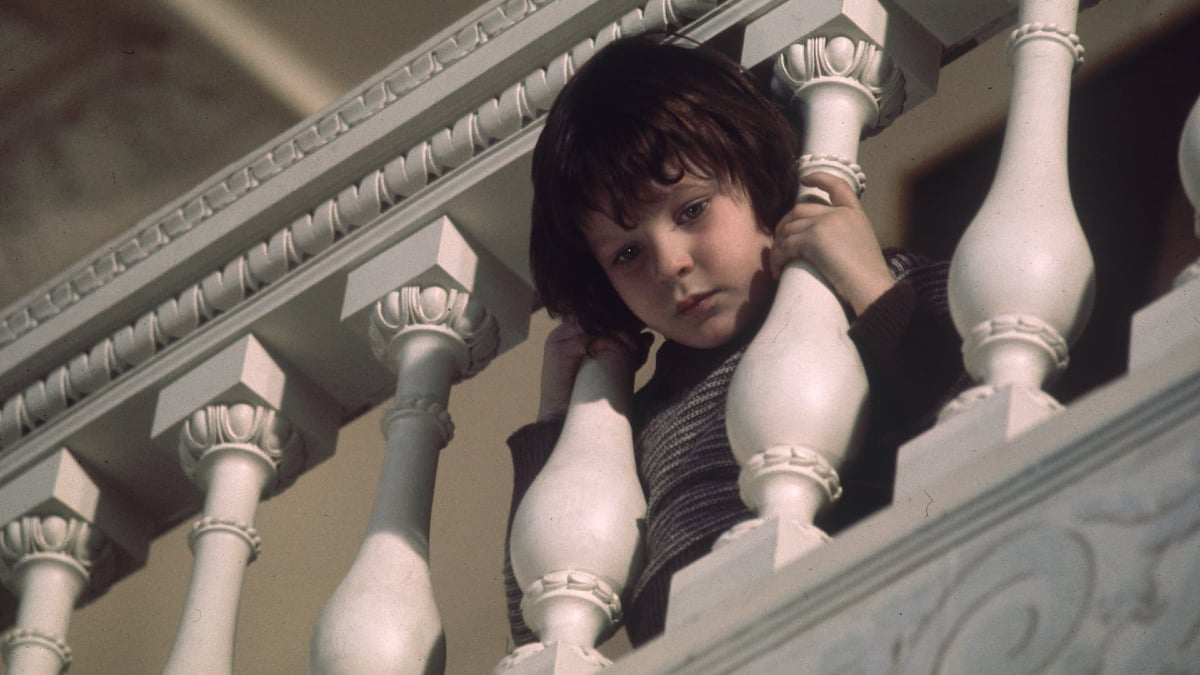
The Omen is a devilishly good tale that makes one seriously reconsider the pitfalls of parenthood, especially when your child might just be the Antichrist. This film is a carefully built web of ominous prophecies and unsettling events, all centered around young Damien Thorn, who is as adorable as he is apocalyptic. Played by Harvey Spencer Stephens, Damien is the kind of child who gives new meaning to the term “problem child.”
In its sly, understated manner, the film toys with the idea of evil in its most innocent form. Gregory Peck and Lee Remick, as Damien’s unwitting adoptive parents, try to survive parenting a child who seems to have a rather alarming effect on the local wildlife and nannies. Donner masterfully balances the narrative between psychological thriller and supernatural horror, sprinkling a bit of biblical prophecies just to keep things spicy.
Halloween (1978)
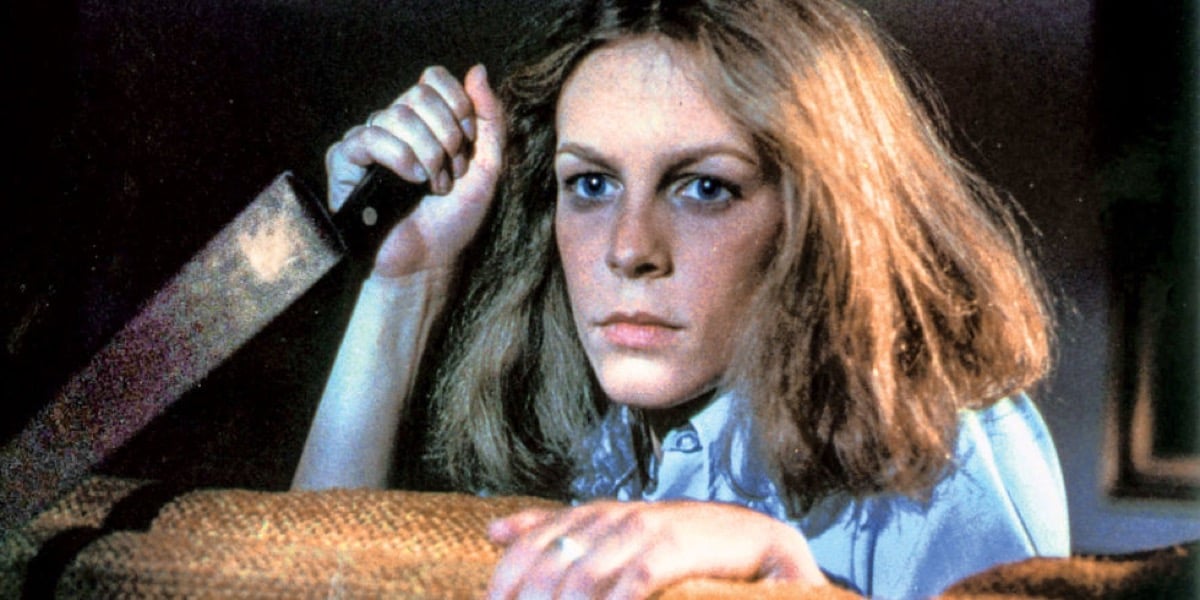
The brainchild of John Carpenter, Halloween is where suburban tranquility meets its match in a boiler suit and a William Shatner mask, repurposed to introduce the world to Michael Myers, the epitome of the boogeyman. Set in the deceptively peaceful town of Haddonfield, the film turns every shadow into a potential hiding spot and every closet into a possible portal of doom.
Jamie Lee Curtis as Laurie Strode, the ultimate last girl, demonstrates how to survive a night of terror equipped only with her intelligence and a knitting needle. The real star of the show, however, is Carpenter’s iconic score, a haunting melody that could make even a trip to the mailbox feel like a descent into madness.
Alien (1979)

Ridley Scott’s Alien, set in the vast, indifferent expanse of space, makes one thing abundantly clear: no one can hear you scream in space. The film introduces us to the Nostromo crew, an ensemble of interstellar blue-collar workers who, unfortunately, don’t have “alien encounters” listed in their job descriptions.
Scott creates an atmosphere so thick with tension that you could cut it with a knife—or, perhaps more fittingly, a flamethrower. The Alien itself, a nightmarish creation by H.R. Giger that redefined extraterrestrial aesthetics, isn’t your friendly neighborhood ET; this creature is part gothic cathedral, part biological horror, and all terrifying.
(featured image: Universal Pictures)
Have a tip we should know? [email protected]
